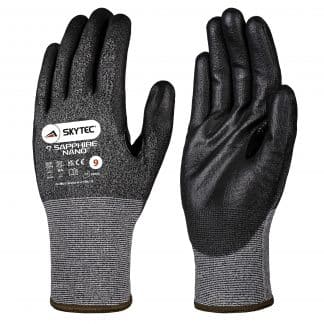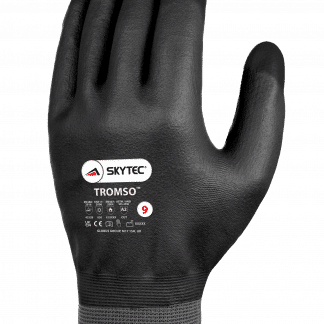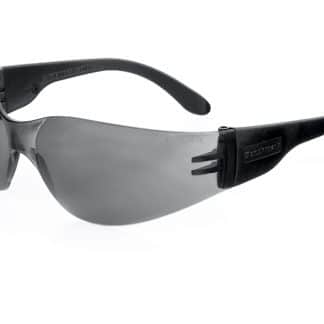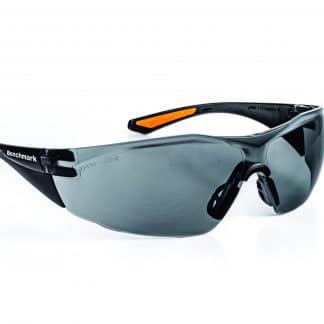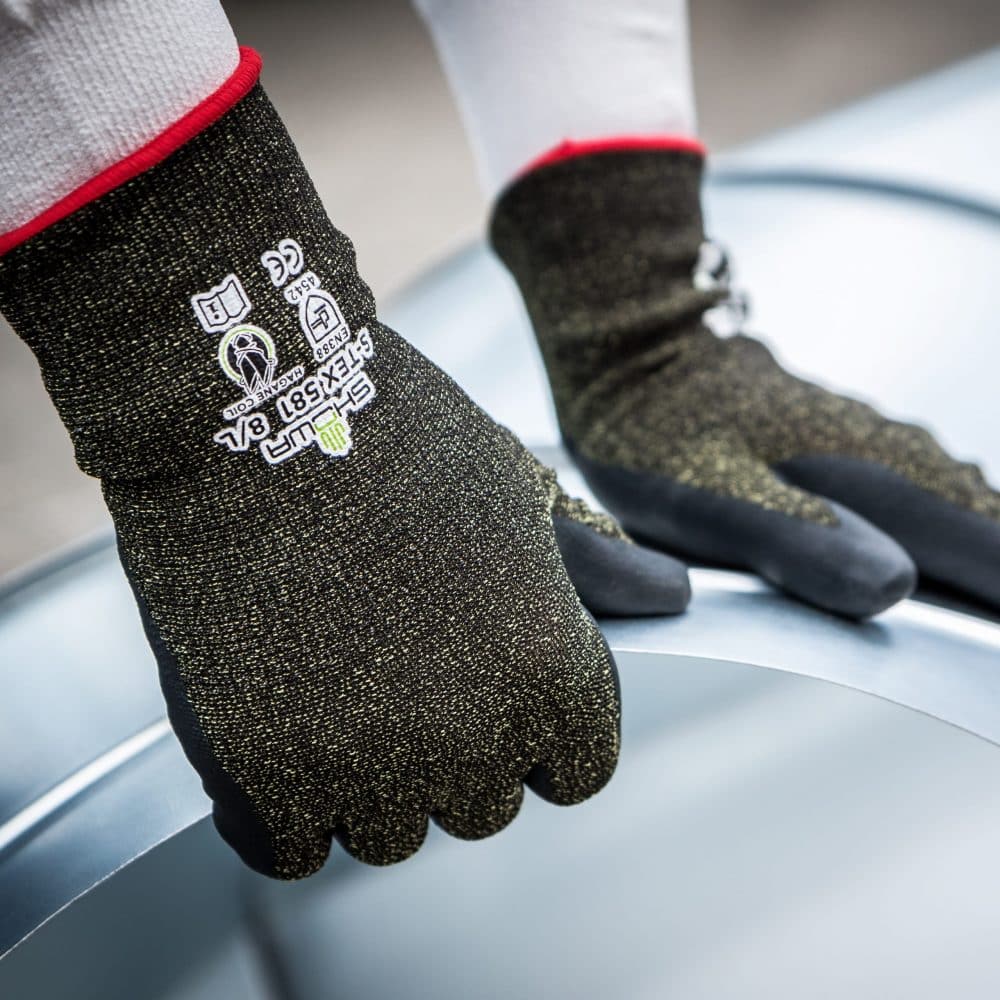
Our range of cut resistant gloves helps to prevent hand injuries in a range of industries. Our gloves are flexible in design, allowing for the necessary dexterity for various jobs, yet made from strong materials with built-in cut resistance.
Thousands of people suffer lacerations and cuts in the workplace, with the HSE regularly reporting on accidents involving knives, blades and other industrial tools with the potential to cut. As an employer, it is vital you provide employees with the right PPE to avoid the risk of cuts of any severity. How do you choose between cut resistant gloves, and what are the gloves made from?
Understanding cut resistance
EN388 is the European standard that safety gloves are tested under for the protection they provide against cuts and tears, as well as puncture and abrasion. There are two specific tests for cut resistance:
- The coupe test: this measures cut resistance to a circular blade and is rated on a scale of one to five.
- The TDM test: this measures cut resistances to a straight blade and is rated from A to F.
You will find cut resistant gloves in our range at various ratings to suit work environments.
Cut resistant materials
To pass the EN388 standard, hand protection must be made from a strong yet flexible material. There is a range of different materials and fibres used in cut protection. Most commonly, you will find gloves made from:
- Aramids: Aramid fibres are a class of heat-resistant, strong synthetic fibres such as the branded textile Kevlar®. Kevlar is used in many military applications and provides B to C level cut resistance
- High-performance polyethene (HPPE): HPPE fibres are ultra-lightweight, and many branded synthetic fibres fall into this group. Spectra® is said to be 15 times stronger than steel and provides level B to D cut resistance. Dyneema® is marketed as “the world’s strongest fibre” and also provides B to D cut resistance.
These fibres can also be blended with others, such as stainless steel or composite fibres, resulting in gloves with even higher cut protection.
Furthermore, many cut resistant gloves contain materials to enhance grip and abrasion as well. They are also often coated for added protection and cut resistance with common coating materials, including polyurethane (PU), latex, bi polymer, nitrile and nitrile/PVC foam (HPT).
Choosing Cut Resistant Hand Protection
There is a wide range of cut resistant gloves in our store. Each glove has a rating, so you can ascertain how much protection it offers. It is important to remember that cut resistant does not mean cut-proof, and there is still the risk of accident and injury. The gloves simply add another layer of protection and minimise the risk of injury.

